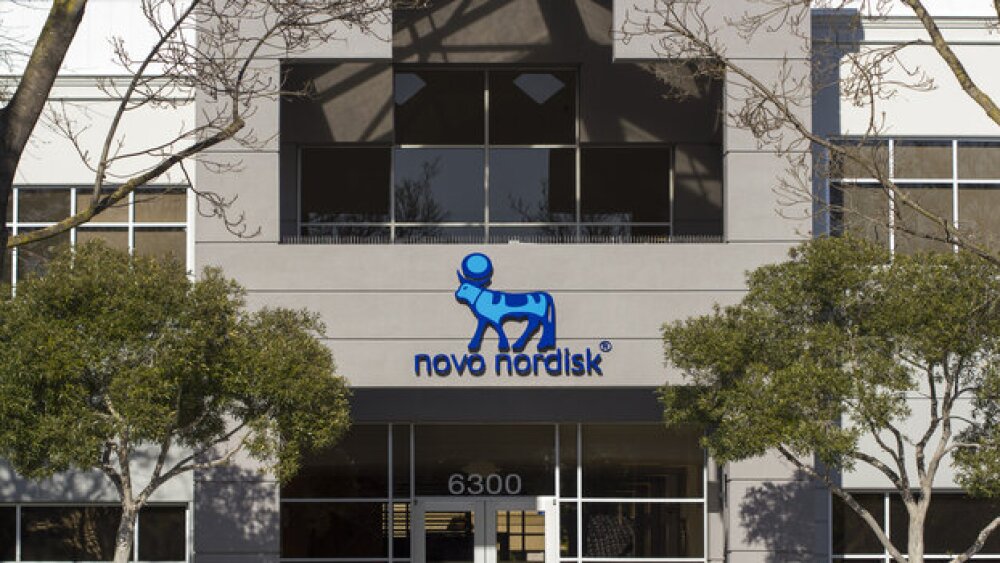Project leadership is not an easy task to handle. You become responsible for every action. Therefore, learn some tips to perform your duty effectively.
Project leadership is a responsibility that you need to handle carefully. Thus, learning how to do it can help you.
Project leadership is multi-faceted. To lead a group or project well, the individual must start with competency and knowledge about project or group parameters and goals. The leader must also behave ethically while inspiring and coaching the group’s members.
Project Leadership Tips
Competency and Understanding
It makes sense to assign project leadership to someone knowledgeable and competent concerning the project or problem the group will address. Choosing someone who has little understanding or experience could make leading a group difficult. Individual group members may resent working with someone they don’t think is qualified. A person who doesn’t have a handle on information and challenges involved won’t know how to manage the project or make assignments.
While a company or organization might pick a leader because he or she knows the most about the problem or project, other leadership qualifications are just as important. People who know the most, might not be the best choice.
Creating a Vision and Establishing Goals is Important for Project Leadership
Groups are formed to complete a project or solve a problem. Creating and communicating a vision for the group is step one in a successful leadership role. To create a positive work atmosphere, a group manager must be able to explain the project and convey its importance to the broader company or organizational goals. If a group doesn’t know where it’s headed, or what it is trying to accomplish, it’s not going to cooperate or follow your lead. A leader must understand and convey information clearly.
Best practice is to confirm that group members understand what’s expected and involved. Assure everyone you are willing to answer questions and listen to concerns. Delivering positive group project results depends on a leader motivating everyone to work together towards a common, fully understood goal.
Assignment and Accountability
A good leader gets to know the group members and understand their abilities and strengths. Assigning tasks and deadlines, whether through executive decision or by asking for volunteers, should be accomplished within a positive atmosphere. Being available and asking for feedback about expectations can prevent misunderstandings and missed deadlines.
A leader who presents an open and flexible attitude will get honest project leadership feedback. Changing deadlines or assignments to better fit individual member’s availability and capabilities can ensure member cooperation and accountability.
Thoughtful, Appropriate Oversite
A leader needs to let others complete their assignments without interference. They must also keep a project on track and report to upper management. Knowing how to track progress without annoying people or interrupting their workflow means setting specific check in times and parameters. Depending on the activities involved, the check ins can be anything from an open ended, “How are things progressing?” type of inquiry to a request for a weekly written progress report. Group leaders who are too heavy handed and feel it necessary to look over the shoulders of each person, can create a negative work environment. Group members should feel like their group leader trusts them.
Compassionate Conflict Resolution and Creative Problem Solving
The group will encounter snags. People working on a project together will have conflicting opinions. Feelings might get hurt through misunderstandings. Resources might night be sufficient to complete a project. Whatever comes up, a good leader can calm troubled waters, sooth hurt egos and creatively problem solve.
To lead well, a person must listen and understand conflicts and ask the people involved for suggestions. Often the people in the conflict have the answer to the problem. If an executive decision on the leader’s part is the best solution, explaining the decision and ensuring understanding will go a long way towards keeping things moving smoothly.
Operating Ethically
Group leaders need to be fair and not play favorites. Expecting more work from certain individuals or giving out the more enjoyable assignments to friends in the department will destroy a group’s cooperative vibe. Depending on what needs to be accomplished, a person might take on some of the work under their project leadership. If coordinating and overseeing isn’t a full-time job, taking on part of the task engenders team spirit and comradery.
Vertical Communications
Whatever the organization’s hierarchy, a group leader will have people they report to about the group project. A good group leader knows how to keep others apprised of progress and problems. Just like with oversite, vertical communications can be informal and irregular, “as needed,” or more formal. It may be that specific reports should be generated weekly or monthly.
Neglecting to keep information flowing to the top doesn’t work but neither does sending up a barrage of messages. Group leaders should also know when to pass problems on to higher authorities and when to keep things within the group. If deadlines can’t be met or there are supply issues, for example, others need to know. It’s not a bad idea to let management know there was a problem that you solved but reporting on every small event or issue means you aren’t managing things well.
Effective project leadership is when the leader understands the project or goals thoroughly and can explain them to the members. They communicate enough but not too much with group members and company management. A good leader can smooth conflict and solve problems that arise. They also share the burden and work ethically.





